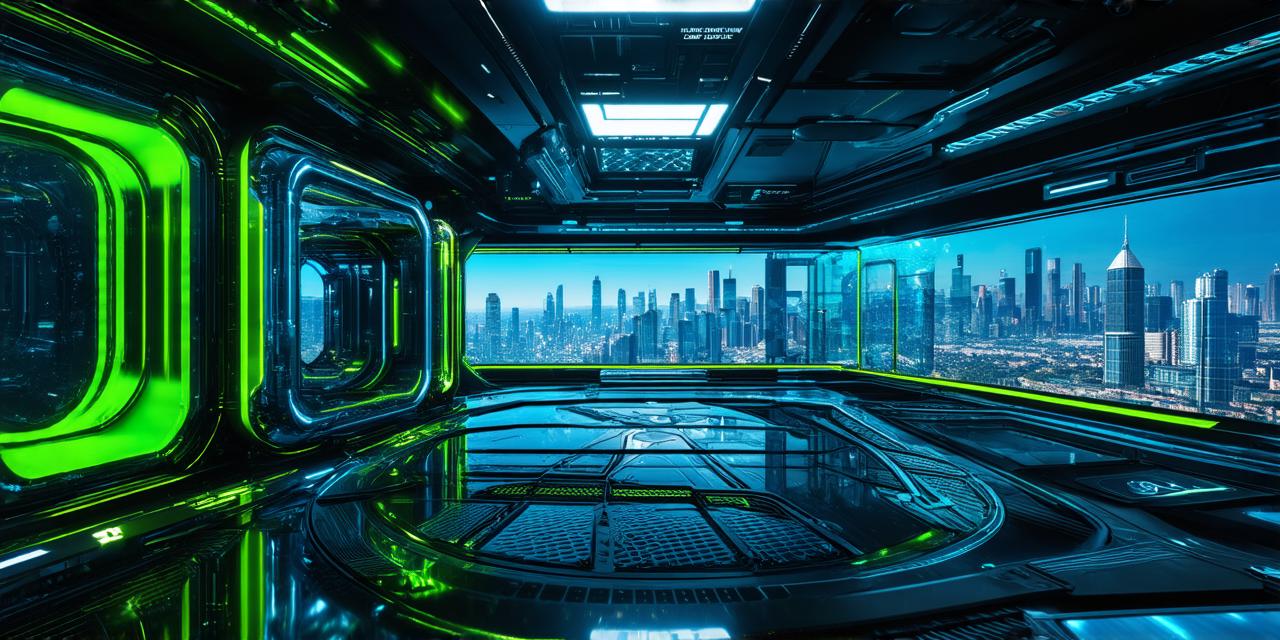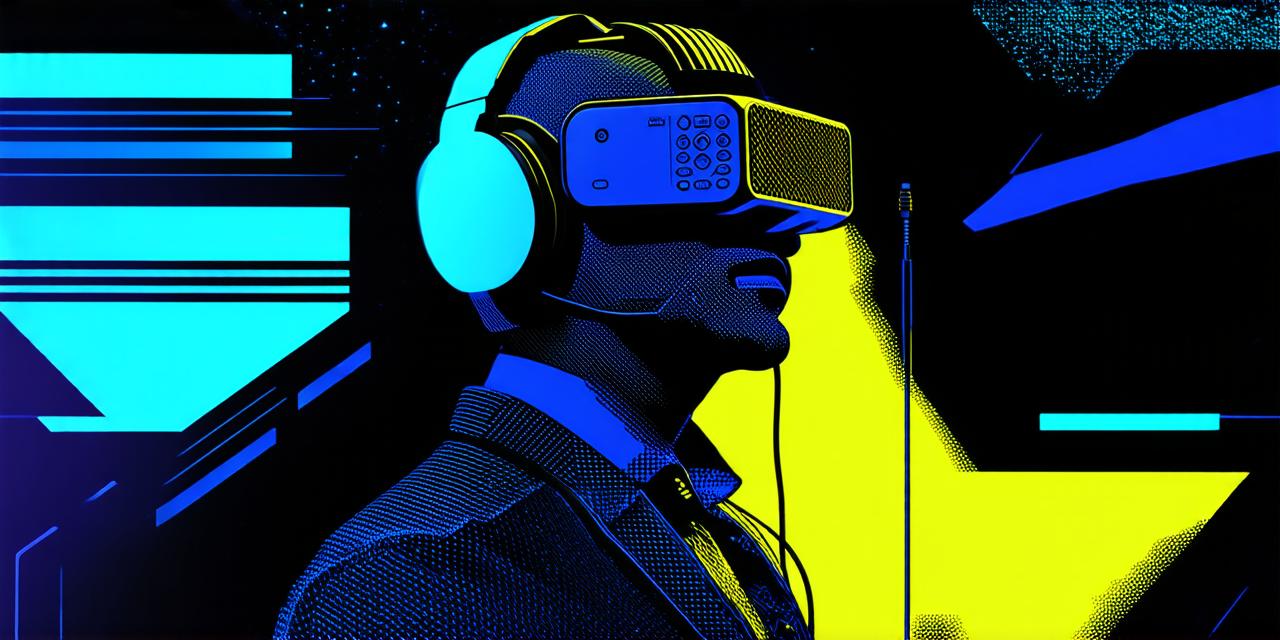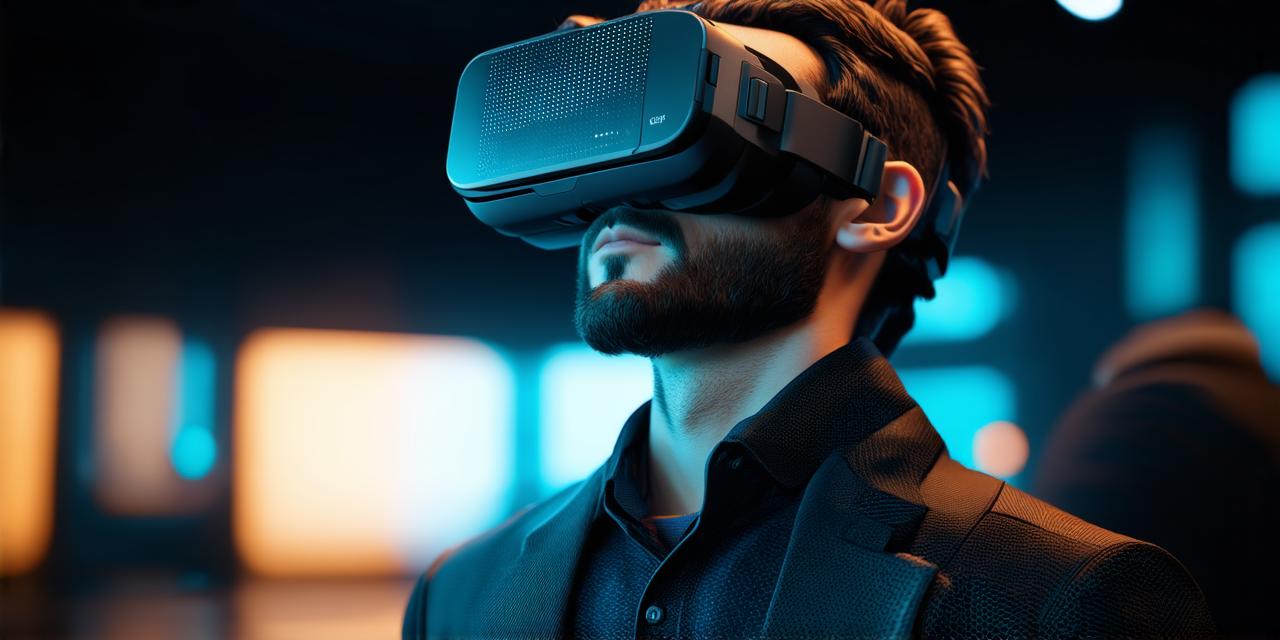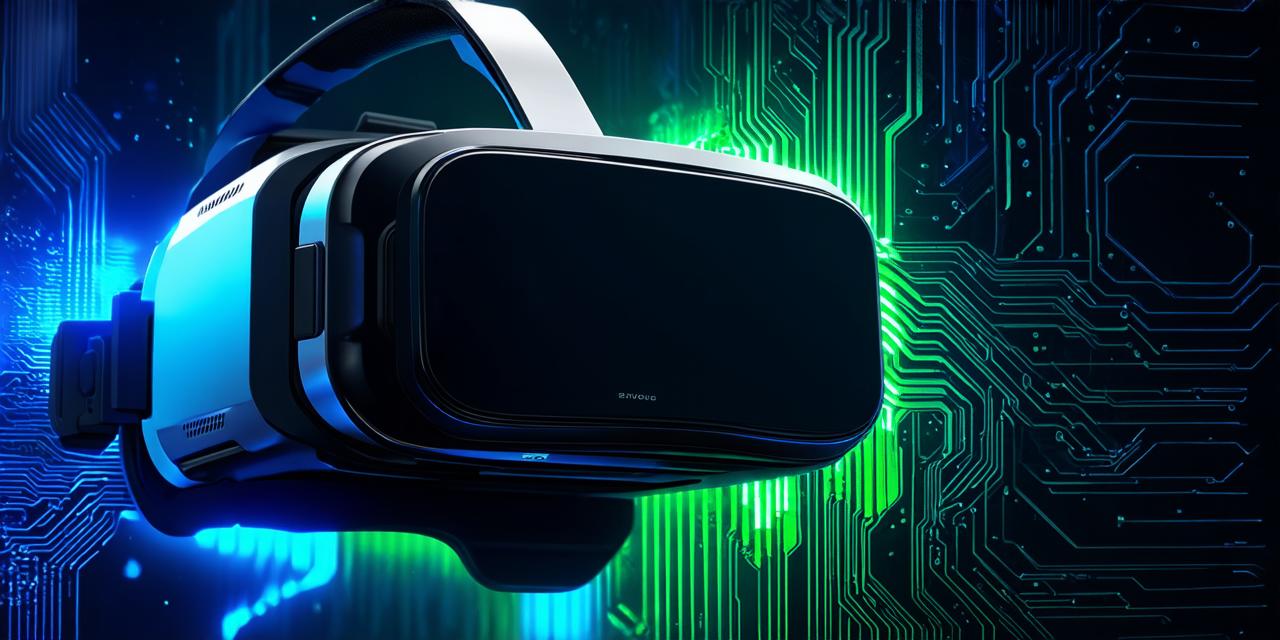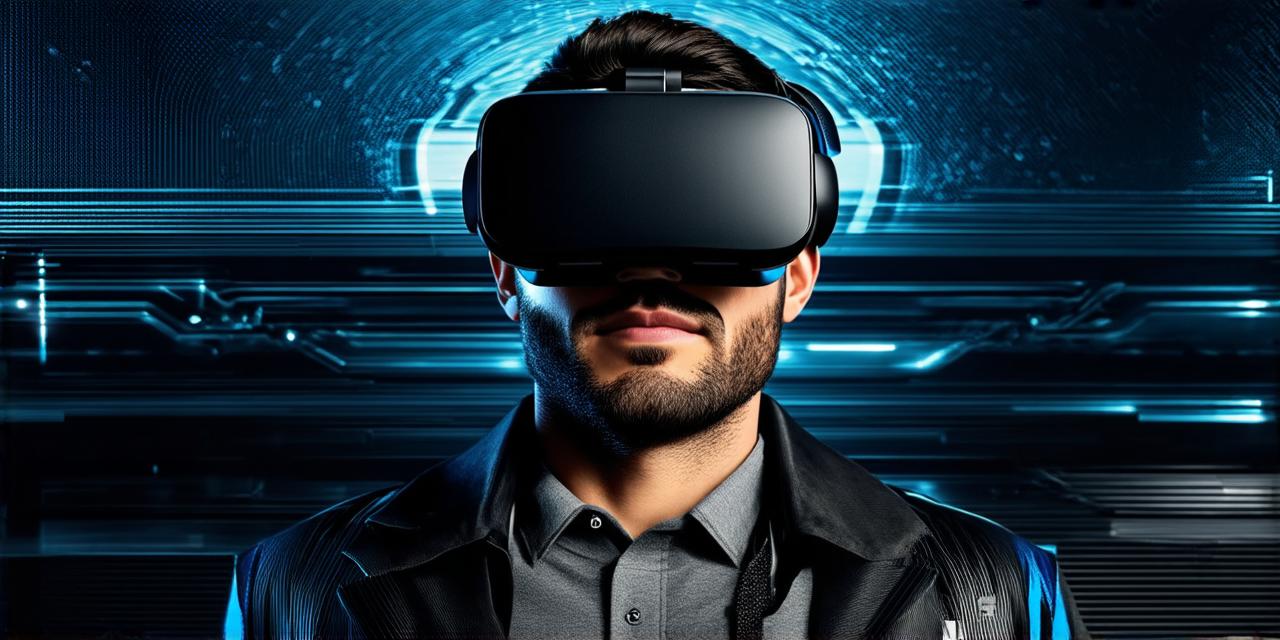Healthcare Industry
One of the most significant impacts of VR in an industry is healthcare. With the help of VR, doctors and patients can simulate surgeries and medical procedures to improve accuracy and reduce risks. For instance, the University of California, San Francisco (UCSF) has been using VR for surgical training since 2013. The use of virtual reality in surgery has reduced the risk of complications by up to 70%, making it a safer option for patients.
Another area where VR is being used in healthcare is pain management. VR technology can provide an immersive and distracting environment that reduces discomfort and helps manage pain for patients. For example, Oculus VR has partnered with the Cleveland Clinic to develop a VR-based treatment program for chronic pain management.
Manufacturing Industry
The manufacturing industry is another area where virtual reality is making a significant impact. With the help of VR technology, companies can simulate production processes, test new designs, and optimize their operations. For instance, Ford has been using VR to design and build cars in real-time, which has helped them reduce time and costs in the production process.
Moreover, virtual reality is being used for training and education purposes in the manufacturing industry. By using VR simulations, companies can train employees on complex machinery and processes without putting them at risk of injury. This approach has proven to be more effective and cost-efficient than traditional classroom training methods.
Retail Industry
Virtual reality technology is also changing the retail industry by providing customers with an immersive shopping experience. With VR, customers can try on clothes, visualize furniture in their homes, and explore products in a virtual environment. This technology has already been adopted by some retailers, such as IKEA, which launched its VR home design tool in 2018.
The use of virtual reality in the retail industry is not limited to product exploration. It can also be used for training employees and managing inventory. By using VR simulations, retailers can optimize their operations, reduce waste, and improve customer satisfaction.
Education Industry
Virtual reality technology is being used in education to provide students with a more immersive learning experience. With VR, students can visit historical sites, explore outer space, and interact with virtual objects. For example, the National Museum of African American History and Culture has partnered with Google Expeditions to create a VR tour of its museum, allowing students to learn about African American history and culture in a more engaging way.
Moreover, virtual reality is being used for teacher training purposes. By using VR simulations, teachers can practice delivering lectures, managing classroom behavior, and dealing with challenging situations without the risk of harming students. This approach has proven to be more effective than traditional classroom training methods, as it provides a safe environment for experimentation and learning.
Summary
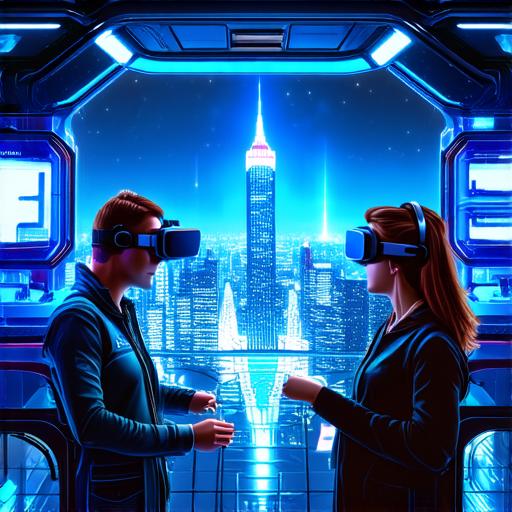
Virtual reality technology is transforming established industries by providing new opportunities for growth and innovation. From healthcare to manufacturing, virtual reality is changing the way businesses operate and providing customers with immersive experiences. With the increasing popularity of VR technology, we can expect to see more significant changes in the future. As such, it is essential for businesses to embrace this technology and stay ahead of the curve. By doing so, they can position themselves for success in an increasingly digital world.
FAQs:
Q: What is virtual reality?
A: Virtual reality is a computer-generated simulation that creates an immersive environment where users can interact with virtual objects and experiences.
Q: How is virtual reality changing established industries?
A: Virtual reality is transforming industries by providing new opportunities for growth and innovation, such as in healthcare, manufacturing, retail, and education.
Q: What are some real-life examples of virtual reality being used in businesses?
A: Some real-life examples include UCSF using VR for surgical training, Ford using VR to design and build cars, IKEA launching a VR home design tool, the National Museum of African American History and Culture partnering with Google Expeditions, and retailers using VR for inventory management.
